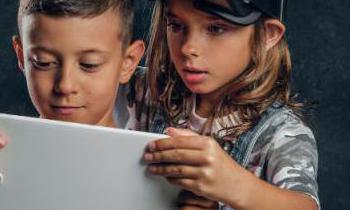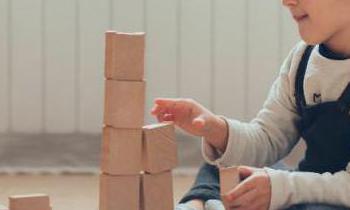
In the realm of child development, providing a conducive environment for professionals working with children is paramount. Creating a space that fosters growth, learning, and collaboration not only enhances the quality of care but also has a profound impact on the well-being of the children themselves. In this article, we delve into the crucial aspects of establishing such a space, offering insights and strategies to optimize the working environment for those dedicated to shaping the future of our youngest generation.
Understanding the importance of a dedicated space
When it comes to working with children, the environment plays a pivotal role. A dedicated and well-designed space can significantly influence the interactions between professionals, children, and even parents. Professionals who engage with children on a daily basis need an environment that is both functional and stimulating. This space acts as a canvas for fostering creativity, nurturing learning, and ensuring the overall development of the children under their care.
Creating a child-centric ambiance
The heart of a child-focused space lies in its ambiance. From the choice of colors to the arrangement of furniture, every detail contributes to the overall atmosphere. Soft, warm colors like pastels can create a calming effect, while vibrant splashes of color can invigorate creativity and playfulness. An arrangement that encourages interaction, such as a circle of chairs, can facilitate effective group discussions and activities, fostering a sense of unity among professionals.
Fostering collaboration and learning
A space that encourages collaboration among professionals is vital. Regular workshops, training sessions, and brainstorming meetings can invigorate fresh ideas and strategies. Creating designated areas for small group discussions or breakout sessions can be beneficial. This not only enhances the knowledge-sharing process but also creates a sense of community, where professionals can learn from each other's experiences and triumphs.
Equipping the space with essential tools
Just as a painter needs brushes and a canvas, professionals working with children require tools that aid their efforts. The space should be well-equipped with resources that cater to diverse learning needs. Interactive whiteboards, age-appropriate educational materials, and engaging toys can be invaluable assets. Moreover, technology should be seamlessly integrated, providing access to online resources and interactive platforms that enhance the learning experience.
Striking the balance between play and learning
Childhood is a phase of immense curiosity and exploration. A well-designed space strikes the delicate balance between play and learning. It should provide opportunities for both structured educational activities and unstructured playtime. Professionals can set up learning corners that encourage discovery, along with cozy reading nooks that cultivate a love for books. Such an environment nurtures holistic growth while maintaining an element of joy.
Incorporating nature and outdoor connections
The importance of nature in child development cannot be overstated. Integrating natural elements into the space, such as indoor plants or nature-inspired décor, can have a soothing effect on both children and professionals. Additionally, creating outdoor extensions of the workspace, like a garden or a play area, offers a breath of fresh air and a direct connection to nature. These outdoor spaces can become arenas for exploration, physical activity, and experiential learning.
Prioritizing Safety and Comfort
A nurturing space for professionals working with children must prioritize safety and comfort. Rounded furniture edges, non-slip flooring, and age-appropriate safety measures ensure a secure environment for children to freely explore. Comfortable seating and ergonomic workstations contribute to the well-being of professionals, allowing them to focus on their important roles without unnecessary physical strain.
Creating a sense of ownership
To truly create an inspiring space, involving professionals in the design process can be empowering. Solicit their input on the layout, color scheme, and overall aesthetics. This sense of ownership fosters a deeper connection to the space and a commitment to maintaining its positive atmosphere. Professionals will be more likely to contribute innovative ideas and maintain the space for the benefit of all.
In the realm of child development, the significance of a thoughtfully designed space for professionals cannot be underestimated. From promoting collaboration and learning to fostering a child-centric ambiance, every aspect contributes to shaping an environment that nurtures both professionals and the children they care for. By creating a space that prioritizes safety, comfort, and engagement, we empower these dedicated individuals to craft a better future for our youngest generation. In turn, the positive impact will reverberate through the lives of the children and the community at large.




